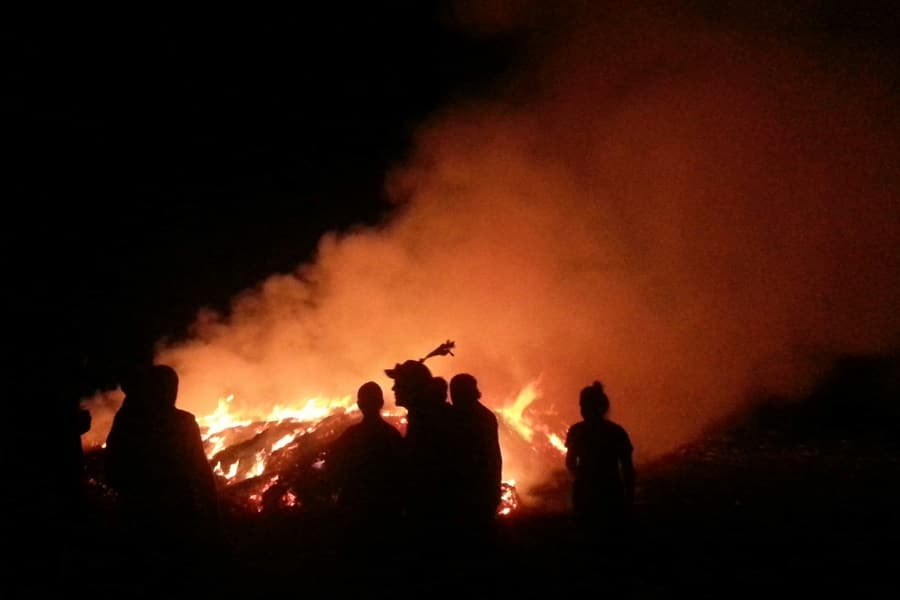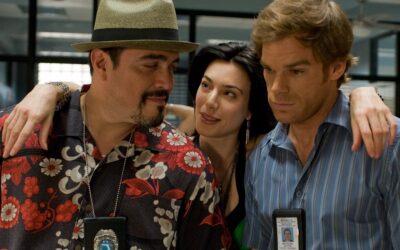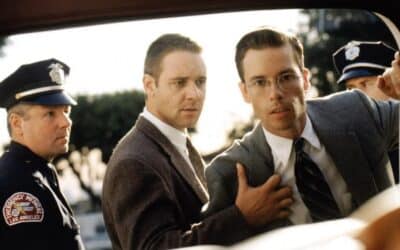
Australian Crime
Australia, a land known for its sprawling deserts and vibrant cities, has a darker side that lurks beneath the surface. It’s a place where the wild and the civilized intersect, creating a perfect breeding ground for some of the most notorious crimes in history. From cold cases that haunt the nation to organized crime syndicates that operate in the shadows, Australian crime stories are as vast and varied as the land itself.
The disappearance of Azaria Chamberlain is one of Australia’s most infamous cases, a story that captured international attention. In 1980, nine-week-old Azaria vanished from a campsite near Uluru, sparking a media frenzy. Her mother, Lindy Chamberlain, claimed a dingo had taken her baby. The media turned Lindy into a villain, and she was wrongfully convicted of murder. Years later, new evidence surfaced, exonerating her and confirming that a dingo was indeed responsible. The case was a grim reminder of how quickly public opinion can turn, fueled by sensationalist media. It also inspired the film “A Cry in the Dark,” starring Meryl Streep, which brought the chilling details of the case to a global audience.
The Backpacker Murders, committed by Ivan Milat in the 1990s, are another dark chapter in Australia’s criminal history. Milat preyed on young backpackers, luring them into the Belanglo State Forest where he brutally murdered them. The horror of his crimes shocked the nation and led to one of the largest manhunts in Australian history. Milat was eventually captured and sentenced to life in prison. His story was depicted in the film “Wolf Creek,” a chilling portrayal that left audiences disturbed by the brutality that can hide behind a seemingly benign exterior.
Australia’s cold cases are filled with unanswered questions and lingering shadows. The disappearance of the Beaumont children in 1966 remains one of the most haunting. Jane, Arnna, and Grant Beaumont vanished from a beach in Adelaide, never to be seen again. Despite extensive investigations and numerous leads, their fate remains unknown. The case has spawned countless theories and continues to capture the nation’s collective imagination. Similarly, the disappearance of William Tyrrell, a three-year-old boy last seen playing in his grandmother’s yard in 2014, remains unresolved. The haunting image of William in his Spider-Man suit is a stark reminder of the innocence lost and the dark unknowns that still lurk.
Organized crime in Australia has its own bloody history. The Melbourne gangland killings, which took place between 1998 and 2010, were a brutal series of murders linked to the city’s criminal underworld. The killings resulted from power struggles between rival factions, leading to the deaths of over 30 people. The violence and intrigue of this period were depicted in the television series “Underbelly,” which brought the gritty reality of Melbourne’s underworld to life. Figures like Carl Williams became infamous, their lives and crimes scrutinized by the public and media alike.
The intersection of crime and media in Australia has often shaped public perception. The case of Peter Falconio, a British tourist who disappeared in the Outback in 2001, became a media sensation. His girlfriend, Joanne Lees, survived the attack and her testimony led to the conviction of Bradley John Murdoch. The relentless media coverage turned the case into a national obsession, highlighting the role media plays in influencing public opinion and the course of justice.
Famous criminals leave legacies that extend beyond their lifetimes. Ned Kelly, Australia’s most notorious outlaw, remains a folk hero to some and a ruthless criminal to others. His life and crimes, culminating in a violent standoff with police, have been immortalized in numerous books and films, including “The True History of the Kelly Gang.” Kelly’s homemade armor and his defiant stand against authority symbolize the complex nature of his legacy, one that continues to fascinate and divide.
Australian crime fiction has also thrived, capturing the nation’s unique blend of isolation and danger. “The Dry” by Jane Harper introduces us to Aaron Falk, a federal agent returning to his drought-stricken hometown to investigate a murder-suicide. The novel’s portrayal of a small community under pressure from both the elements and its secrets makes for a compelling read. The film adaptation starring Eric Bana brings the desolate landscape and tense atmosphere to the screen, capturing the book’s gritty essence.
Garry Disher’s “Bitter Wash Road” follows Constable Paul Hirschhausen, a cop banished to a one-cop town in rural Australia. Hirsch’s investigation into a series of crimes reveals the dark underbelly of this seemingly quiet community. Disher’s keen sense of place and character brings the Australian outback to life, making the novel a standout in contemporary crime fiction.
Emma Viskic’s “Resurrection Bay” introduces Caleb Zelic, a profoundly deaf private investigator who navigates a world of crime with sharp instincts and determination. The novel’s exploration of disability, combined with a gripping plot, sets it apart. Zelic’s investigation into the murder of a close friend uncovers layers of betrayal and corruption, painting a vivid picture of urban Australia’s darker side.
The stories of Australia’s most notorious crimes are a testament to the darker side of human nature, reflecting the tensions and complexities of a society grappling with its shadows. Each crime leaves an indelible mark, a reminder of the fragility of life and the ever-present specter of violence. From unsolved mysteries that haunt the national psyche to the brutal realities of organized crime, Australia’s criminal history is a labyrinth of intrigue and horror, where the truth is often stranger than fiction.
As the sun sets over the Outback, casting long shadows over the land, these stories remind us that beneath the beauty and tranquility lies a world of darkness, where the line between good and evil is often blurred. The tales of Australian crime are not just stories of perpetrators and victims, but of a nation’s ongoing struggle to understand the depths of its own humanity.
Similar Crime Features
California Crime
From Bosch to Mulholland Drive
Florida Crime Thrillers
Crime thrillers find an exotic yet seemingly incongruous home
LA Crime
Los Angeles Unveiled Through Iconic Crime Novels



